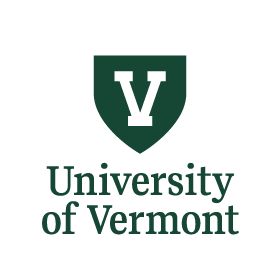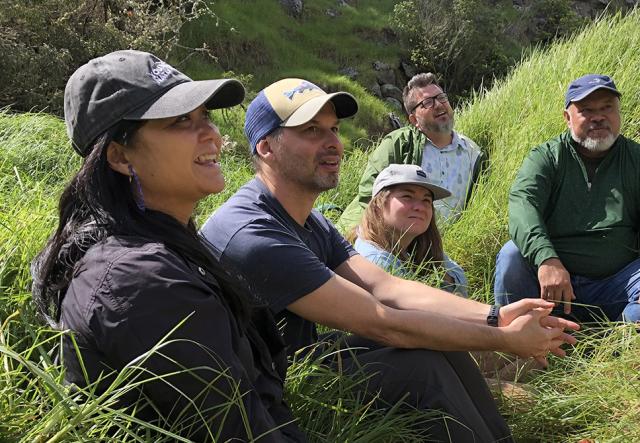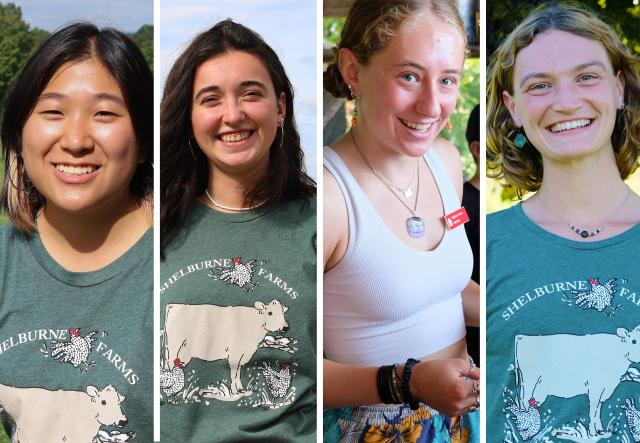'Sage' Magazine Celebrates Place-Based Educators
Our own Aimee Arandia Østensen is among those featured in a zine showcasing stewards of Vermont
 When you hear the words “college capstone project,” you may immediately think of a weighty research paper or lengthy presentation. What you might not expect is the latest issue of Sage, a beautiful, 72-page magazine chock full of stories on what it means to care for a place.
When you hear the words “college capstone project,” you may immediately think of a weighty research paper or lengthy presentation. What you might not expect is the latest issue of Sage, a beautiful, 72-page magazine chock full of stories on what it means to care for a place.
Bella Brodsky has produced Sage for the past seven years. For this latest issue, she collaborated with Carina Crane; the zine served as their culminating project for the Place-Based Education Certificate program offered by the University of Vermont and Shelburne Farms.
The issue is a celebration of Vermont and the people who steward place in many different ways, including several folks with connections to Shelburne Farms: Vermont Teacher of the Year Aziza Malik (a current Climate Resiliency Fellow); former Burlington City and Lake teacher and farm staff member Signe Daly; and Shelburne Farms educator Aimee Arandia Østensen, who teaches in the Place-Based Education Certificate. (You can read Aimee’s full conversation with Carina below.)
“Through the Place-Based Education program, we learned so many ideas of what ‘place’ is,” says Carina. Adds Bella, “One of our main intentions with this issue was to show that community care and stewardship can take so many forms. And to show that place-based education doesn’t just happen in elite private education spaces. It can mean so many different things—art, farming, ecology, storytelling, activism.”
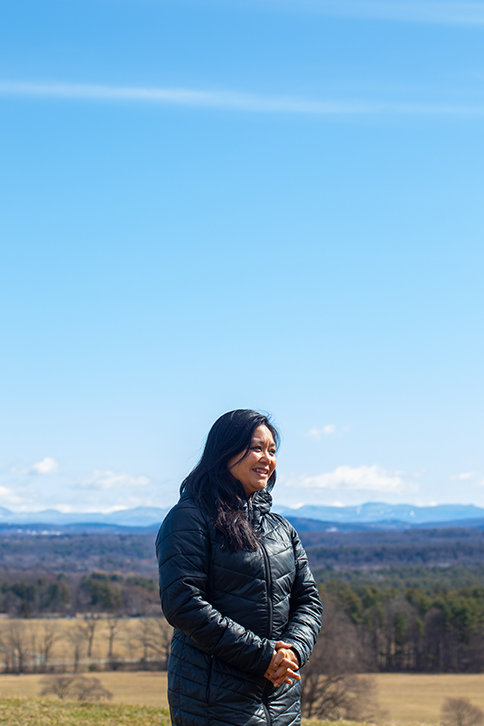
Both Bella and Carina took the course Foundations of Place-Based Education with Aimee. “It was a really cool class. We had experiences in so many different communities within Burlington and UVM,” explains Carina. “The size of the program and the class was special. It made it a great environment for connecting with your professors and your peers.”
Another memorable class: an elective on resiliency-based education taught by UVM Associate Professor Simon Jorgenson, a frequent collaborator of the farm. “Simon and Aimee do a really wonderful job of demonstrating non-hierarchical learning. They break down a lot of the boundaries of ‘teacher and learner’ that can be intimidating. Both teach in a way that feels really warm, loving, and caring,” says Bella. “It’s the kind of teaching that opens you up to feel fulfilled by the learning and to be able to learn.”
So what exactly is place-based education? Laughs Carina, “I get that a lot. I’d describe it as the type of education that directly surrounds us. It’s going out in your community and forming connections and relationships, and through that, you’re learning in ways that are digestible, that you can relate to, and in ways that are emotional. You develop a much deeper sense of love and care for the issues you’re learning about.” Adds Bella, “It’s education that nourishes you.”
With undergrad degrees and place-based education certificates under their belts, Carina is now working as an environmental mentor at Bread and Butter Village School in Shelburne and Crow’s Path in Burlington; Bella is a farmer at Dandelion Farm in Westford and a student in the UVM Food Systems master’s program concentrating in agroecology. Bella and Carina plan to continue producing issues of Sage, too; their next issue will be available in Winter 2025.
You can purchase a copy of Sage Issue 9 on their website.
A Conversation with Aimee Arandia Østensen
From Sage Issue 9
Written by Carina Crane
Photography by Bella Brodsky
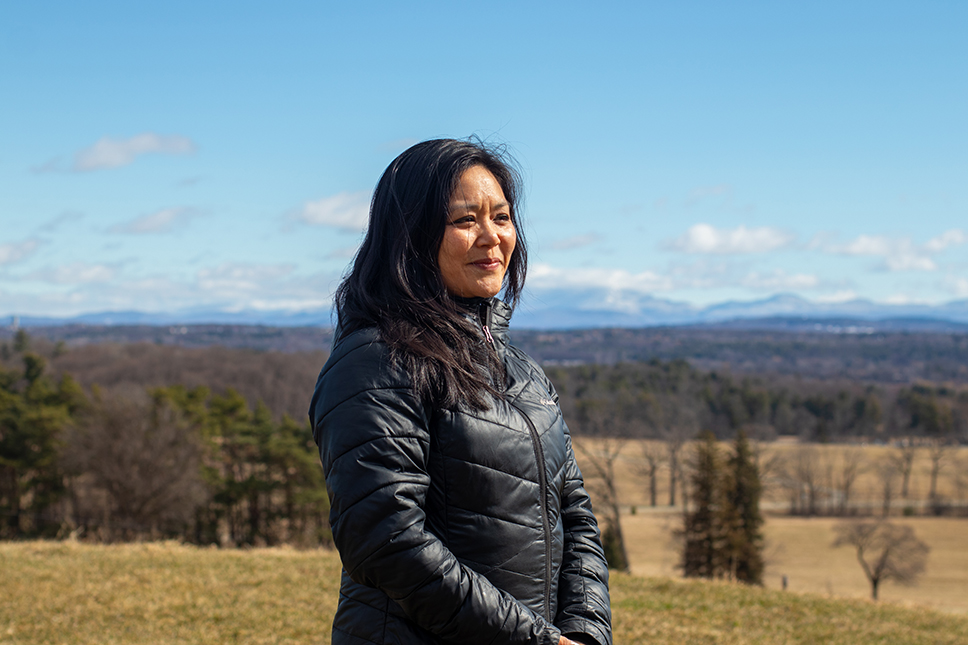
My name is Aimee Arandia Østensen. The place that is my heart home is a small homestead on six acres of land on a mountainside in the Catskills on Esopus Munsee land. It's in a little dead end valley, surrounded by mountains. I think it is the place that I feel most deeply connected to. This little place in the mountains is my heart home, and I describe it that way because I've deepened my relationship with that particular place through seasons and seasons and seasons. And there has definitely been an exchange of breath, learning and care between the place and me in that time.
I grew up in the suburbs of Syracuse, New York and I never really felt home there. It was where I was born, it was where I spent my youth, but I never felt a sense of belonging. I felt there was this longing for natural and open spaces and deeper connection to the natural world. I had a commitment to, and this understanding that I needed to be more in touch with all that sustains us.
What does place mean to you?
I think it's all about relationships. The land exists, whether or not we humans are there to witness it. But when I start talking about Place, I think what I'm talking about is the relationship between individuals and communities and the land. That relationship is what makes Place.
Aimee splits her time between her home in the Catskill Mountains and Vermont, where she works as a professional learning facilitator with the Shelburne Farms Institute for Sustainable Schools. Working in many different environments, she weaves in values of justice and sustainability in various educational contexts.
In some ways, when we think about education, we think about the formalized institution and organized learning, but I think there's also a side of education which is just learning to live better, and living to learn. I think learners and students should experience that education is both things.
The purpose of formalized education for me has evolved. I think “How can we learn to be in relationship with the land, the communities we're in, and ourselves?" such that we are creating regeneration. Living in such a way that all beings and people that we're in relationship with have the opportunity to thrive. I know that sounds very glorious and maybe unrooted, but I think in small ways, if we're just starting to tend to the relationships immediately around us, and learning how to then do that in bigger circles, it is possible.
Storytelling is a way of understanding for Aimee; giving meaning to all that is around, deepening her connection to place.
I get so much joy from the tiny things: the way that the sunlight hits a leaf or a petal, the way that there's a sparkle that might move on the water, a certain feeling in the wind or a certain expression that I might perceive on the faces of other people that I'm with. I find so much delight in those things, and I often find that when I'm having gloomier days or more stressed out days, it might be that I haven't stopped to take a moment to notice the multitude of joys that are around me.
I like to think of the world as a place that is filled with a multitude of stories; stories that are there to teach and stories that are there to learn from and stories that just exist. Learning how to listen to those stories—whether they're verbally shared or just alive in the ways that ecosystems are functioning and individual plants and humans are functioning—there's so much to learn. The limitations of a textbook, for example, or any single source of material is that it can only bring you so many stories and so many perspectives. Once we kind of lift our heads up and look around and go outside, and move in the community—then there—the potential to tap into the richness of the stories that exist, is endless.

